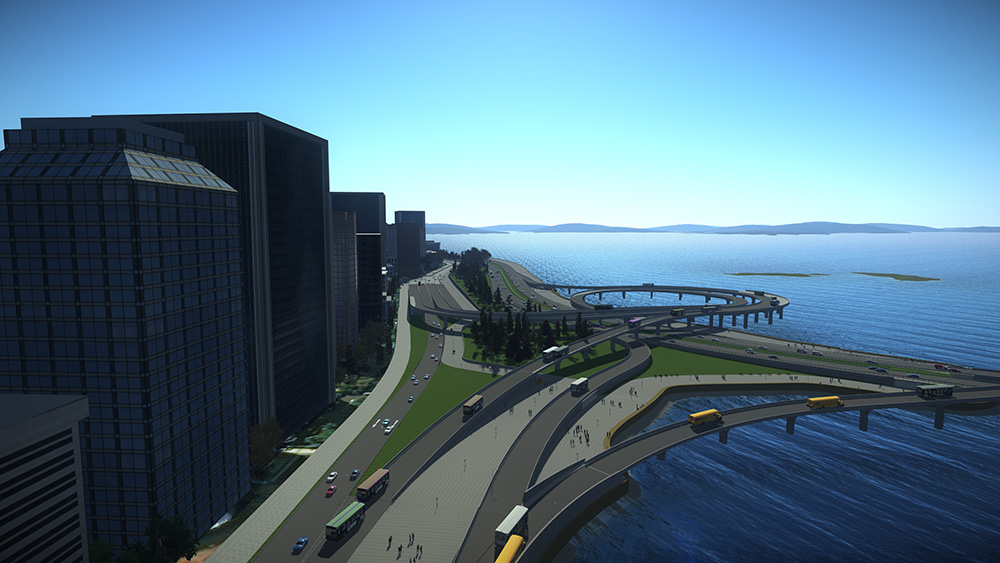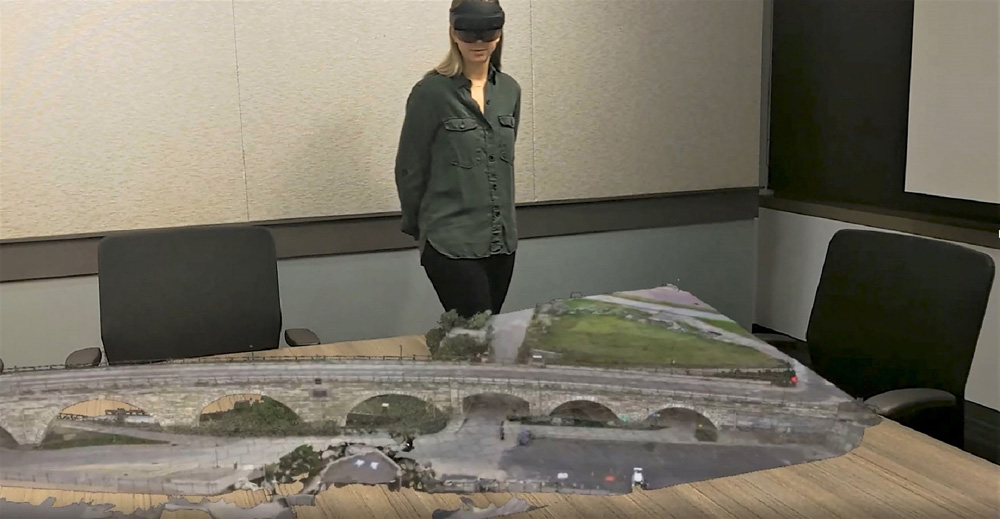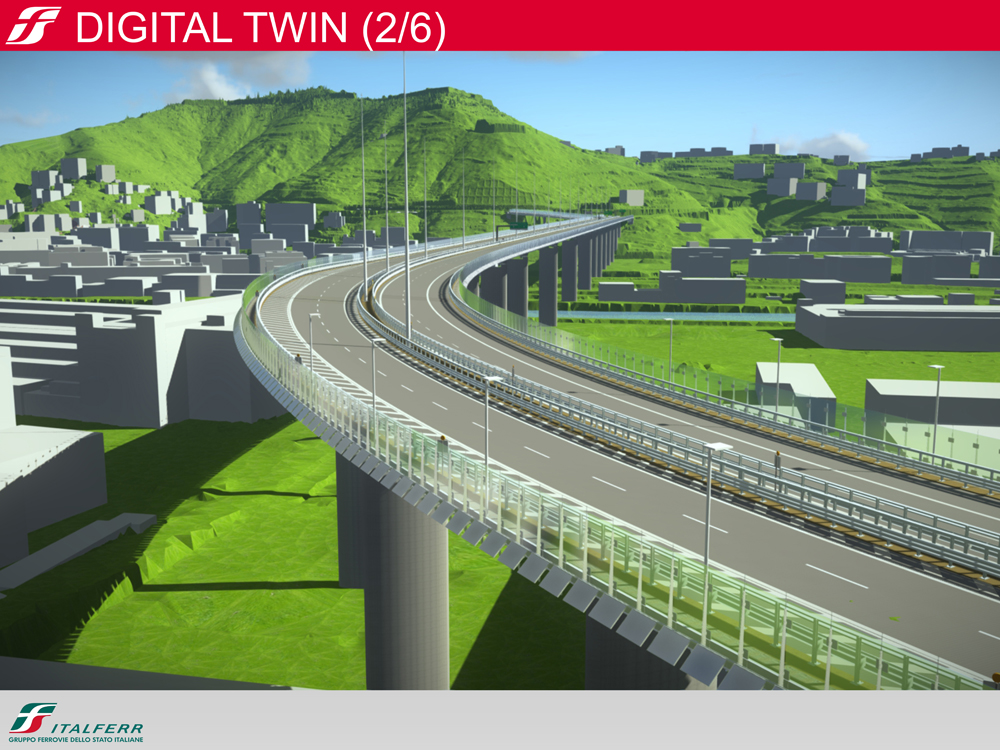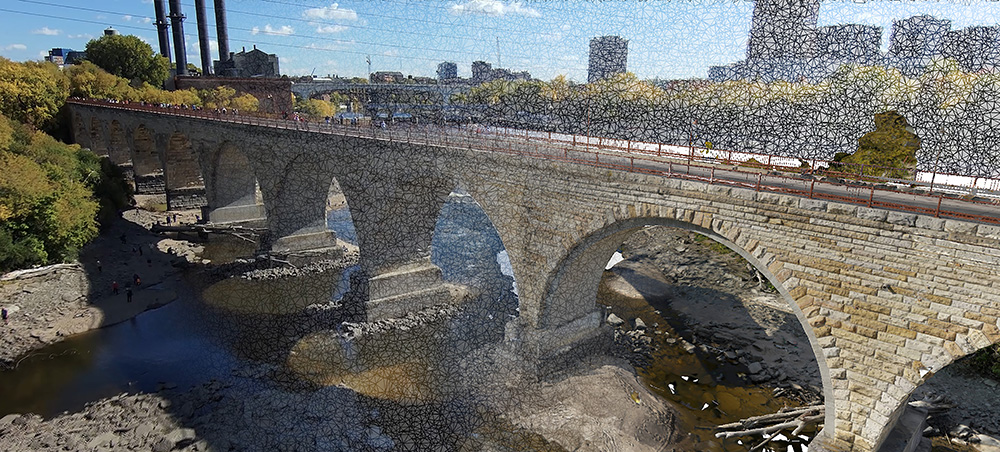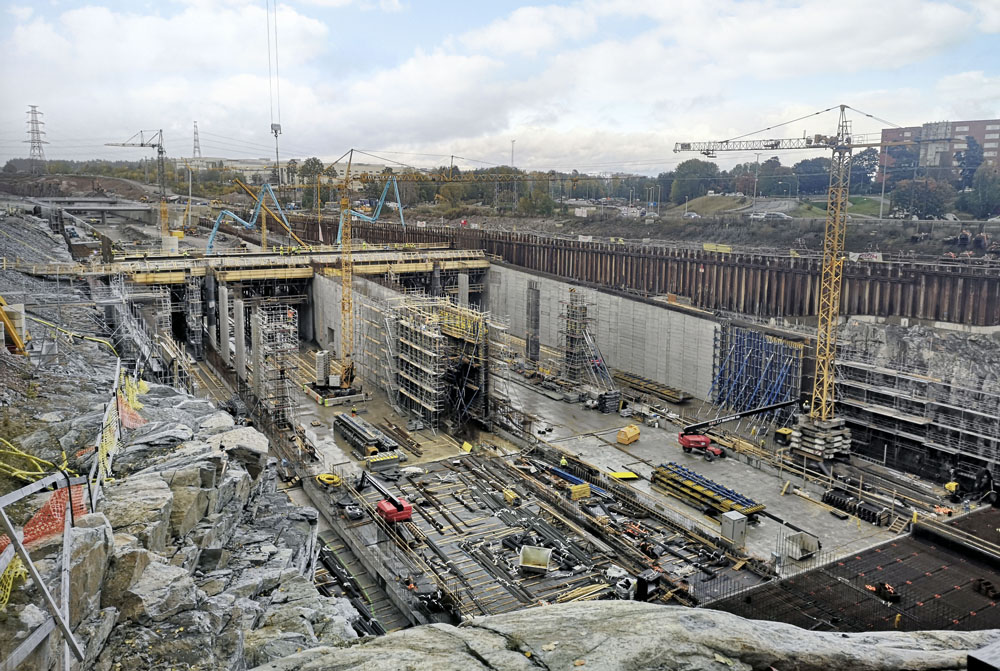
To improve traffic flow, the Municipal Corporation of Greater Mumbai carried out comprehensive studies for the island city and its suburbs to identify how to ease the congestion, lower emissions, and improve living conditions. The study found that a new coastal road was needed along Mumbai’s west side. Currently under construction, the eight-lane, 29.2-kilometer highway will accommodate 130,000 vehicles a day and reduce travel time between South Mumbai and the western suburbs from two hours to 40 minutes.

SAI-SYSTRA Group was hired as design consultant for Package II or the south end of the project. They are responsible for a 2.7-kilometer, USD 306 million section of the USD 1.8 billion project, which consists of undersea tunnels, grade roads and bridges, and an interchange that connects the road to the Bandra-Worli Sea Link. The project’s goal was to reduce traffic volume, improve air quality, and create green spaces and waterfronts for recreational activities. However, because of the limited space, SYSTRA had to reclaim 110 hectares, while the interaction of many of the components had to be visualized to detect and resolve clashes.
To overcome these challenges SYSTRA needed to implement a 3D road design solution to model the highway, promenade, sea retaining walls, junction, and interchange. They planned to use the software in the initial stage to design the horizontal and vertical alignment of the coastal road and the arm at the intersection near the sea, while they would use BIM methodology for the latter stage. SYSTRA searched for software that would help them identify clashes with the sea wall and the structure to determine if alignments needed to be adjusted. Additionally, they wanted technology that would allow them to model the corridor, which would be critical in helping them facilitate the design process. With the coastal road constructed on reclaimed land, they knew that it would be arduous and time consuming to calculate the necessary reclamation quantities using traditional methods. With innovative road design software, they knew that they could easily calculate the quantities in a fraction of the time of traditional methods

Using 3D drive-throughs in OpenRoads Designer enabled SYSTRA to identify interferences between the seawall and the structures saving 20% in resource hours. Additionally, the dynamic nature of the 3D model enabled them to effortlessly define and modify the plan, saving them 50% in design time. Furthermore, the software’s interoperability enabled SYSTRA to coordinate the design across the entire project team, and LumenRT helped them to visualize the complex project and simplify the design effort to quickly gain stakeholder approval. Moreover, OpenRoads Designer’s ability to quickly resolve clashes optimized the design while improving output quality, which helped reduce construction costs. Bentley applications helped the team resolve issues at one location where the retaining wall obstructed the sea view from the promenade. Using the software’s 3D drive-through along the retaining wall edge helped SYSTRA understand the scenario and provide them with a clearer view of the problem to reach a solution.
This innovative road project will help reduce the burden on the traffic system and make traveling in a congested metropolitan city of Mumbai more economical, safe, and fast. The new coastal freeway will provide speedy connectivity between various portions of the city while also improving quality of life for citizens though the creation of greenspaces and waterfronts.
For more information click here.
Meg Davis is Bentley Systems’ Industry Marketing Director, Roads and Bridges. She can be reached at meg.davis@bentley.com.
Sponsored content produced in association with Bentley Systems



